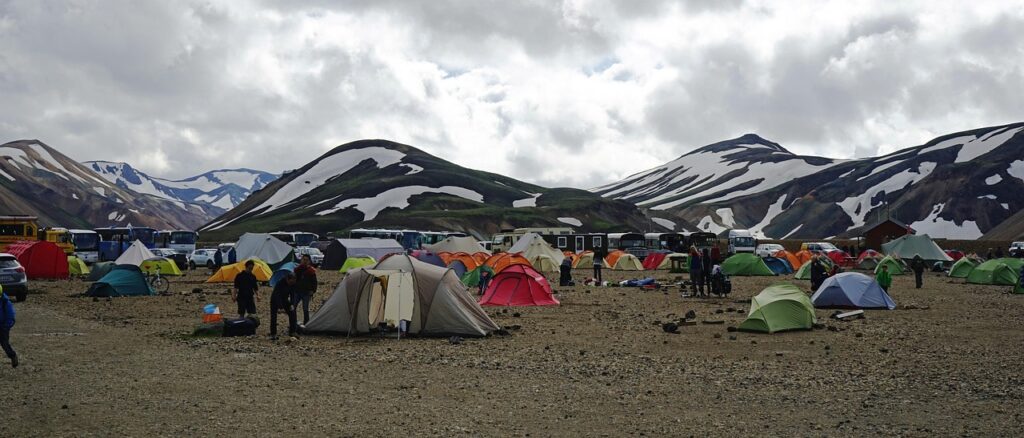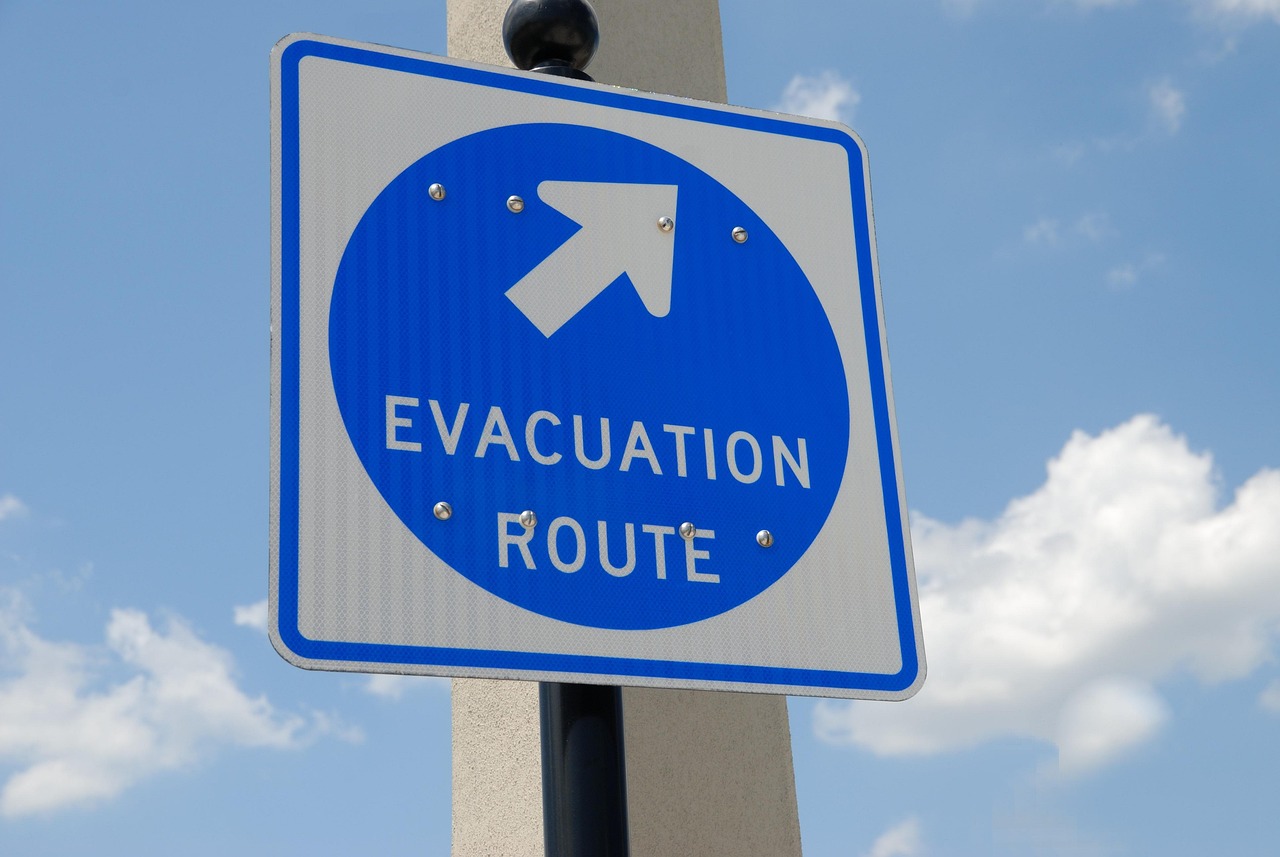In the event you need to bug out, you’ll be glad you took the time to figure out a plan in advance. We rarely make great decisions when we’re under a lot of stress. If you need to beat feet, the odds are you’ll feel under pressure, right?
We’ve already talked about what to bring when you bug out. Here, we’re going to concentrate on where you’ll go and how you’ll get there.
For the purposes of our discussion, the reason for the bug out is immaterial. It could be anything from encroaching wildfire to an extended power outage. The concept is essentially the same.
Advertisement — Continue Reading Below
Choosing Bug Out Locations
The first step in bug-out planning is to determine your intended destination. There are a few considerations to bear in mind. Heading to a state or national forest or some other wild area probably isn’t the best idea. There are very few realistic disaster scenarios where you’ll be best served by fleeing to the woods.

Instead, think along the lines of friends and family who live far enough away that they’re not likely to be impacted by local emergencies but are close enough to realistically get to in a day or less of travel. Talk to them about the possibility of you and your family crashing with them for a day or two in a crisis. It’s better to have the conversation now rather than when you’re standing on their porch with your fingers crossed.
Advertisement — Continue Reading Below
Depending on your relationship with these folks, you might go so far as to ask about stashing a tote at their place. Nothing huge or elaborate, just some extra clothes and other things that you’d want to have available if you had to bug out with nothing more than the clothes on your back.
My recommendation is to choose 2-3 locations, each in a different direction from your home. The reason being, you don’t know what it is that might cause you to bug out. If that reason lies between you and your planned destination, you might run into trouble. Give yourself a couple of options.
Motels are another option to consider for a bug out location. If you want to go that route, save the local phone number for the motel in your phone as well as jotting it down on your list of emergency phone numbers. Don’t bother with the chain’s primary 800 number for reservations. If you’re headed their way during an emergency, you’ll want to talk to the people actually working the front desk to make a reservation. And that phone call should happen as soon as you’ve determined you need to evacuate.
Advertisement — Continue Reading Below
No matter where you plan to go, make sure that any pets you’ll have with you will be welcome.
How Will You Get There?
Once you know where you’ll be headed, you need to figure out your bug-out routes. Do what you can to avoid interstates and other busy highways. Those are likely to turn into slow moving parking lots, and you want no part of that. While it might sound counterintuitive, hitting the back roads might get you out of town quicker.

Advertisement — Continue Reading Below
Take the time to drive these routes occasionally. Get to know them well during all four seasons as well as at night. By all means, make sure you have paper maps in the glove box so you can refer to them if necessary, as GPS on your phone might not be an option. But the goal is to know the route from Point A to Point B by heart.
Always keep your gas tank at least half full. We aren’t in charge of deciding when disasters will impact us. The last thing you want is to have to stop for gas in an emergency. I mean, imagine having to gas up in order to get to the hospital with your wife who is in labor. That’s not nearly as much fun as it sounds, and it’s a lesson you only need to learn once. Ask me how I know.















